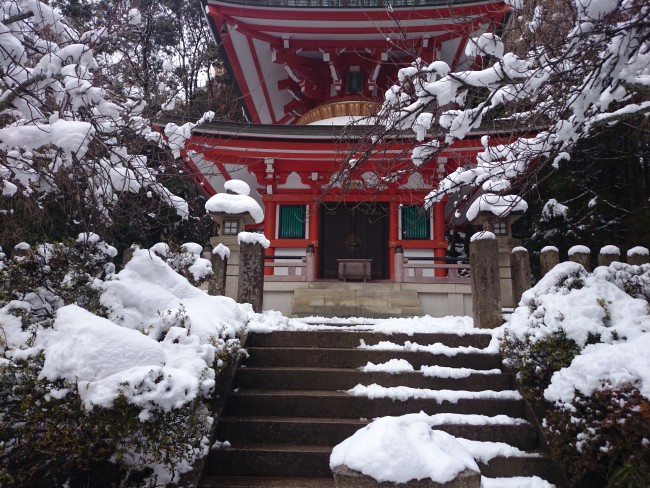 The Temple of the Golden Pavilion? Check. Kiyomizu dera? Check. Fushimi Inari Taisha? Check. Well… it would take this entire article to list the various more common interesting things to be found in Kyoto, so let us cut to the chase and introduce Kurama, which should really be near the top of your list anyway.
The Temple of the Golden Pavilion? Check. Kiyomizu dera? Check. Fushimi Inari Taisha? Check. Well… it would take this entire article to list the various more common interesting things to be found in Kyoto, so let us cut to the chase and introduce Kurama, which should really be near the top of your list anyway.
Kurama is a quaint village found to the north of the city, with not a convenience store in sight. Depending on your reaction to that statement, Kurama could be just the place you are searching for if you love hiking.
The mountain has an interesting history as the home of the King of the Tengu, Soujoubou. Tengus are god-like creatures in the Japanese native religion of Shinto, and usually viewed as destructive and demon-like from the Buddhism side. They generally inhabit and protect mountains and are often involved in Japanese folklore.
In October, Kurama hosts a brilliant fire festival (鞍馬の火祭り), which is becoming increasing popular with foreign tourists to the point where it is quite difficult to move around or see very much of anything these days. Nonetheless, it is a great experience if you are in Kyoto at that time.
Kurama can be accessed directly by taking the Eizan train line from Demachiyanagi station to Kurama station. A visit to Kurama really begins at Demachiyanagi station though. That is to say, the train ride itself can be one of the memorable experiences. The very local line has amazing scenery during the autumn months, with window facing seats that offer fantastic views of red autumn leaves. The fare costs 420 yen and at the time of writing. The staff are quite used to tourists so you will have no problem buying a ticket from them directly.
Whilst the train does run directly to Kurama, I recommend that you disembark at the second last stop, called Kifune. From Kifune, it is a short walk up the road to the very authentic feeling Kifune Shrine. Be sure to take care, as the sidewalk at times disappears, and you will be sharing the road with cars, but hey that is Japan.
Welcome to Kifune Shrine. Here you can make your offerings for whatever good luck you currently feel you could need more of, safe travels perhaps?
From Kifune, we can take a very scenic and beautiful hiking trail up the mountain, which leads directly to Kurama dera, a Buddhist temple located in Kurama. The hiking trail is very simple to follow, and there are some Shinto shrines are scattered along it. Again, these feel very authentic and the proximity to nature really adds to the Shinto feeling, negating their small size and lack of grandeur. One of these shrines is in honor of Fudo myoo (不動明王). You can recognize him by his angry face, sword and rope. Regardless of his scary appearance, do not be afraid of him, as he is actually a good guy. His task is to take the anger of the world onto himself and burn it, so his face shows that suffering.
If you see more people coming from the other direction at this point, it may be because many people choose to hike down the mountain instead of ascending it. Of course you can choose to do that too, but I always feel that hiking up to a temple is much more spiritually fulfilling, and there is a nice payoff at the end that we will get too.
From Kurama dera we can see very nice views over the valley.
At the end of the hiking trail, we arrive at Kurama dera (鞍馬寺). This is a very beautiful and rich temple on the top of the mountain, and it houses some treasures and offers great views over the surrounding mountains.
From the temple, follow the path down to Kurama village. At the crossroad, the left path leads to a cable car which costs 100 yen. The right path is very easy to walk, especially as we are hiking down and not up.
From the stairs, the small town of Kurama has a few restaurants here and there, so now is a good time to get some Buddhist cuisine and a cup of tea. I recommend Yoshuji, which is located halfway down the steps from Kurama dera.
Have you tried this? It is a Japanese sweet drink called zenzai made from anko (red beans) and it is very delicious. If you are lucky enough to see snow when you visit, it is also a very warm drink.
After finishing that off, continue hiking uphill along the road (if walking back toward Kurama Dera, turn right) about one kilometer to Kurama Onsen. Yes! This is why I prefer to hike from Kifune to Kurama instead of the other way round, because you can finish off the trip with a visit to the hot springs.
Kurama Onsen provides rooms for overnight stays, in which case guests can have free unlimited use of the hot springs. For day trippers, it is 2500 yen for use of all baths, or 1000 yen for use of the outdoor bath.
The outdoor bath (well I can only speak for the men’s bath), has great views of the mountain and is especially beautiful during autumn, where red leaves are in abundance. After warming your bones in the onsen, either walk or wait for the free shuttle bus to take you back to Kurama.
Sneak peak! This is the Kurama fire festival. If you find yourself here in October, do try to attend as it will surely become a strong memory for you.
I hope you enjoy Kurama; it really is one of my favorite places in Kyoto due to its authentic feel. Its ease of access from Kyoto makes it a great location for a day trip, and it also gives you a taste of the countryside of Japan without difficult language barriers, expenses and the time usually needed for such things.
[cft format=0]
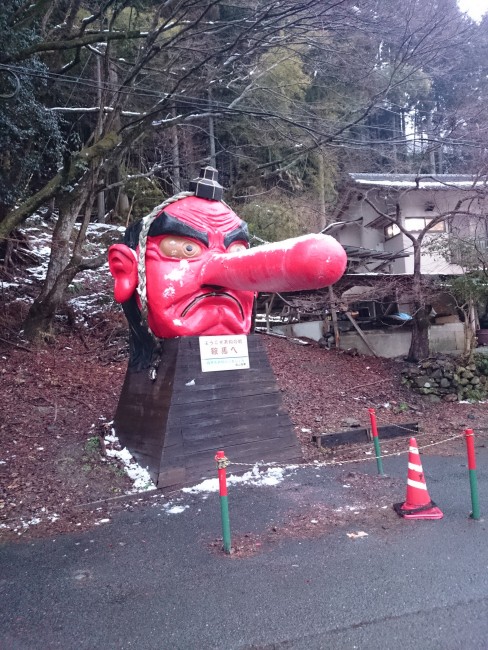
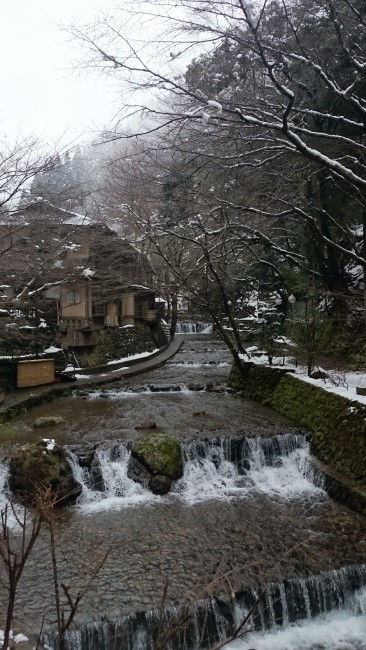
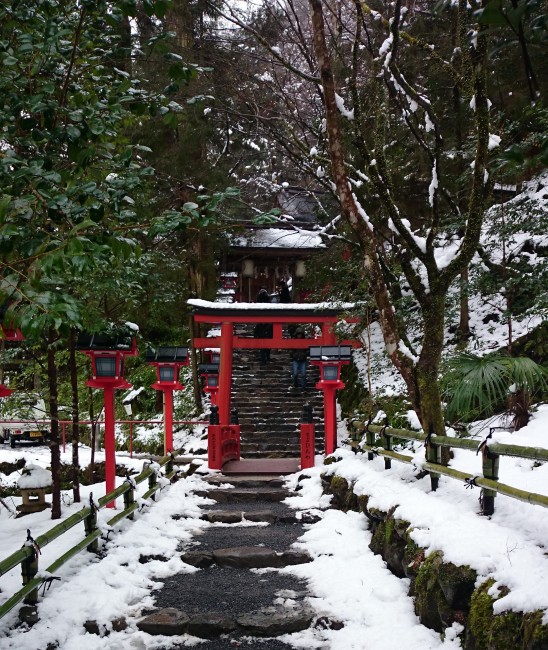
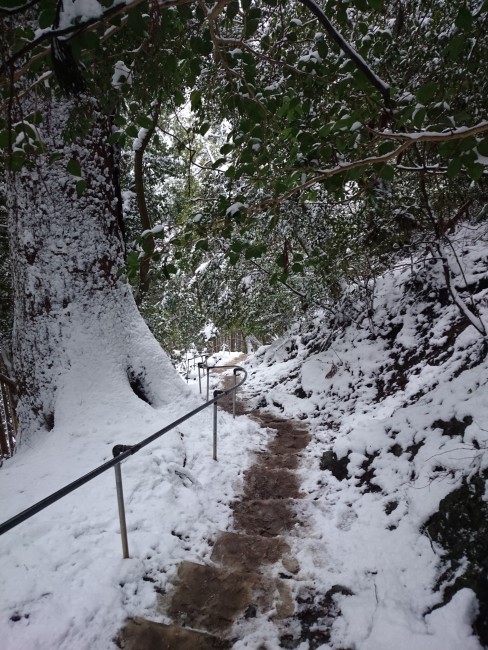
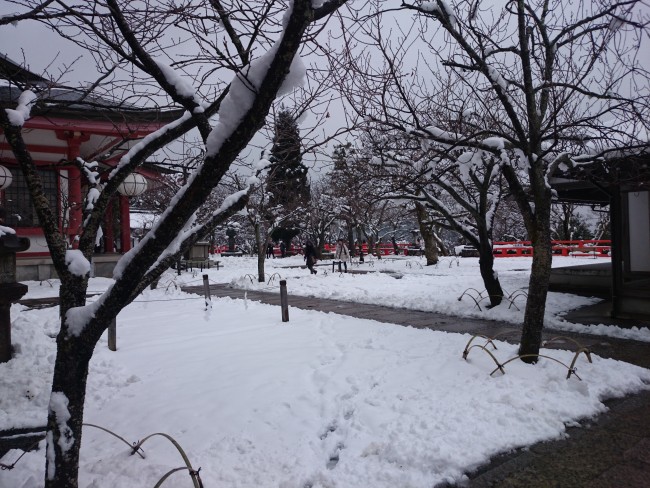
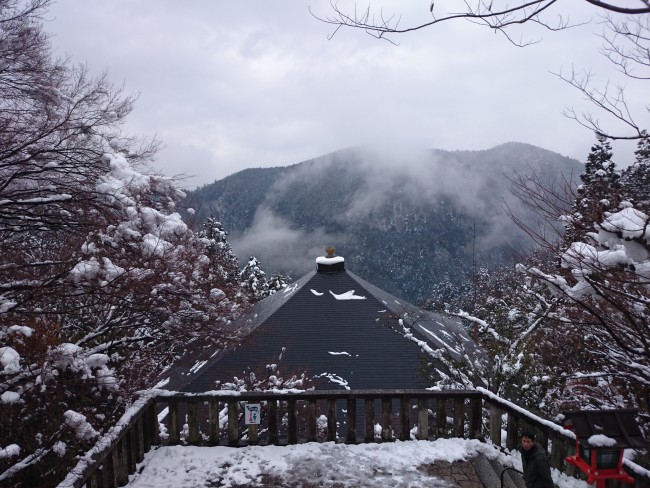
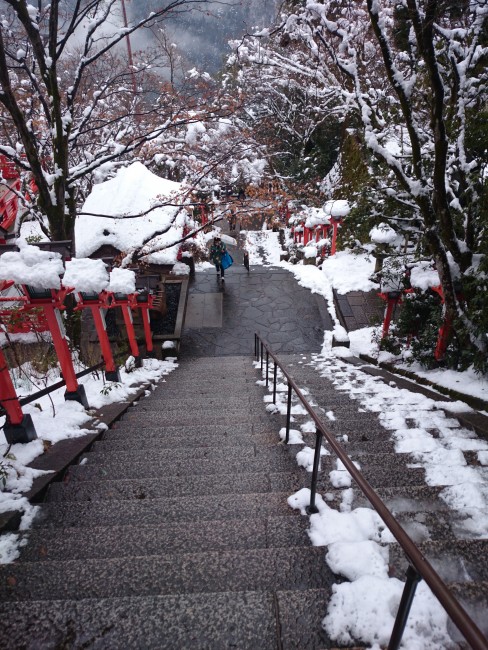

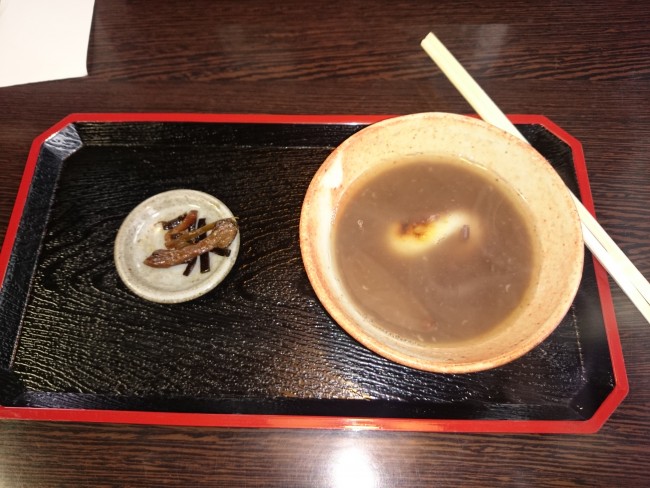
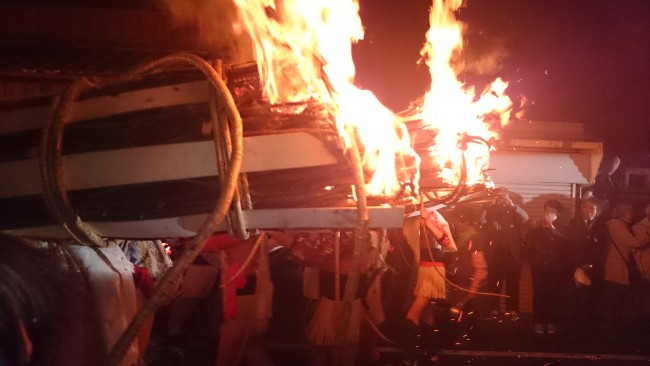
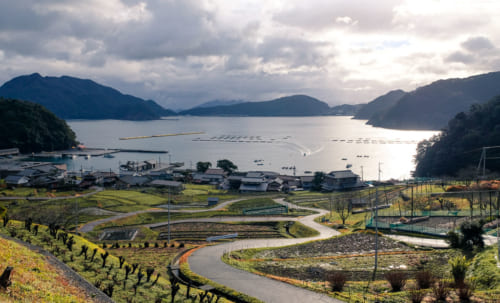
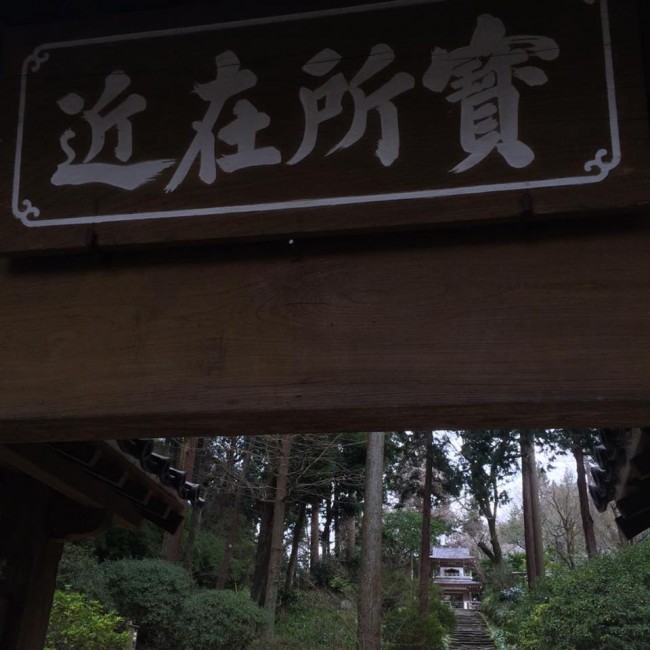
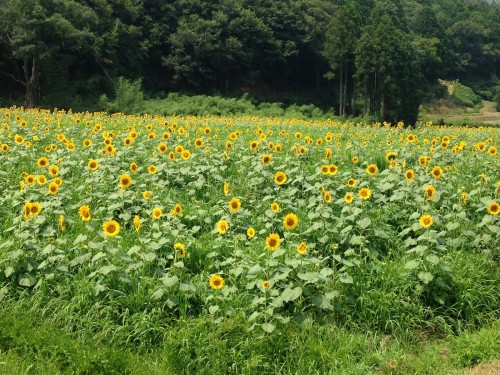
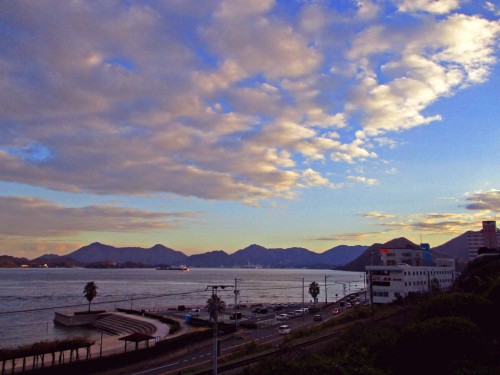


No Comments yet!